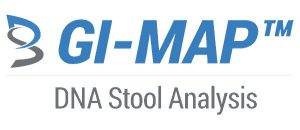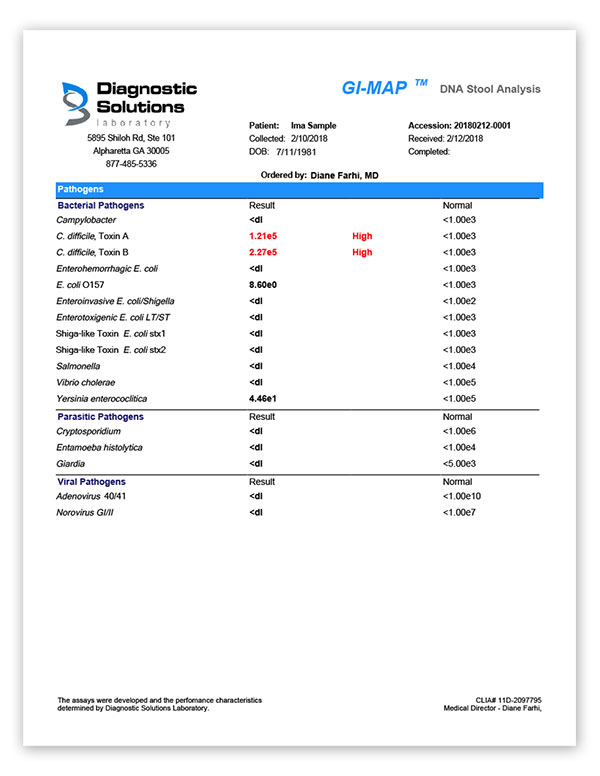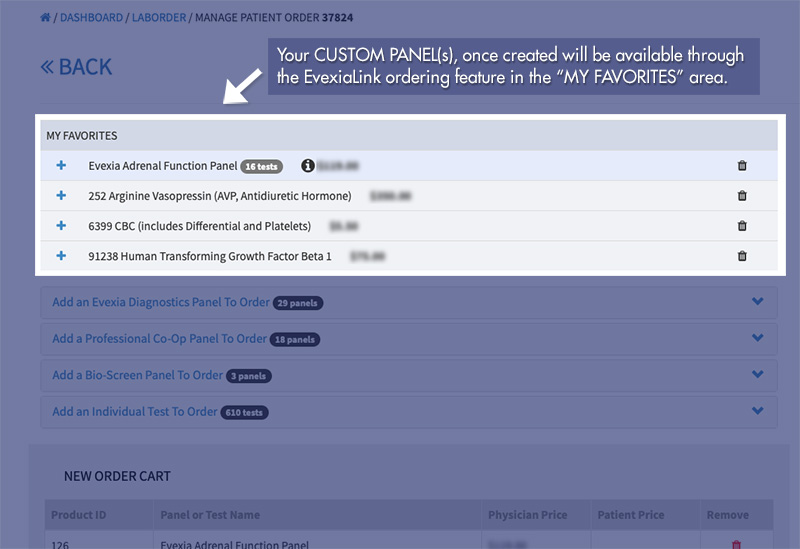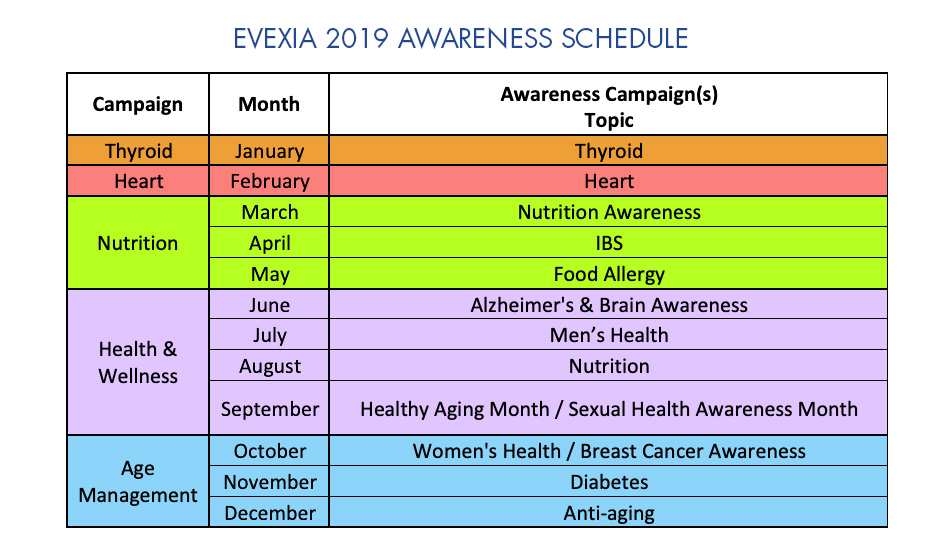GI-MAP Panel
In the last few decades, DNA analysis has transformed the field of microbiology. Almost all research of microbes utilizes DNA methodology. The NIH has followed suit with initiatives including the Human Microbiome Project, which characterized the microbiome of 15 habitats of the body using DNA analysis.

GI-MAP™ is now expanded to include five new bacterial biomarkers. The additions include keystone species and important groups that may impact health in a variety of ways, including: production of short-chain fatty acids, mucus metabolism, methane production, and promotion of anti-inflammatory regulatory T cells, and production of inflammatory LPS.
These markers will further enhance insights into gastrointestinal and immune health provided by GI-MAP DNA Stool Analysis.
New Commensal Markers
• Akkermansia mucinophila – Plays a significant role in the gut ecosystem by breaking down mucus polysaccharides. Low levels are associated with obesity and metabolic dysfunction, while high levels are linked to multiple sclerosis.
• Clostridia (class*) – Important producers of short-chain fatty acids, and have many well-documented roles in promoting a healthy intestinal barrier, immune balance, and protection against pathogens.
• Faecalibacterium prausnitzii – Well-known keystone species and a major butyrate producer. Many chronic inflammatory and autoimmune diseases have been associated with low levels of F. prausnitzii.
New Opportunistic Bacteria
• Methanobacteriaceae (family) – Family of bacteria-like microbes that produce methane. High levels have been linked to chronic constipation, as well as some types of SIBO and IBS.
• Fusobacterium spp. – Commonly found in the oral cavity, and may also be found in the intestine. Some are considered opportunistic pathogens, and may promote inflammatory processes and or advanced disease state
More than ever before, we are keenly aware of the health benefits or disease risks brought about by the microorganisms that inhabit the human body. Culture techniques, previously the standard, left up to 50% of bacterial species virtually invisible. Because most of the bacteria of the GI tract are anaerobes, culture-based methods cannot cultivate them which leaves a large blind spot for clinicians when trying to diagnose the source of infection.
Diagnostic Solutions Laboratory is pleased to partner with you to bring true ADVANCES in microbial testing. Our commitment to laboratory medicine is to utilize proven methodologies that are accurate and reliable. We are pleased to offer clinicians the first of many advances, the GI-MAP (GI Microbial Assay Plus)
GI-MAP Advantages
- True DNA/PCR Assay
- Rapid TAT – Results in 3-7 days!
- Quantitative PCR Pathogen Testing
- High Sensitivity and Specificity
- Antibiotic Resistance Genes
- Virulence Factors
The GI-MAP stool test utilizes cutting edge, Quantitative PCR technology to provide a true DNA/PCR based stool test. This technology has high sensitivity, specificity and a rapid turnaround. The GI pathogens include bacteria, parasites and viruses.
Continuing with this platform, the GI-MAP measures opportunistic organisms, normal flora, fungi, parasites and antibiotic resistance genes. And the Plus refers to immunologic markers for GI health and function including SIgA, Elastase, Calprotectin and Anti-gliadin testing.



